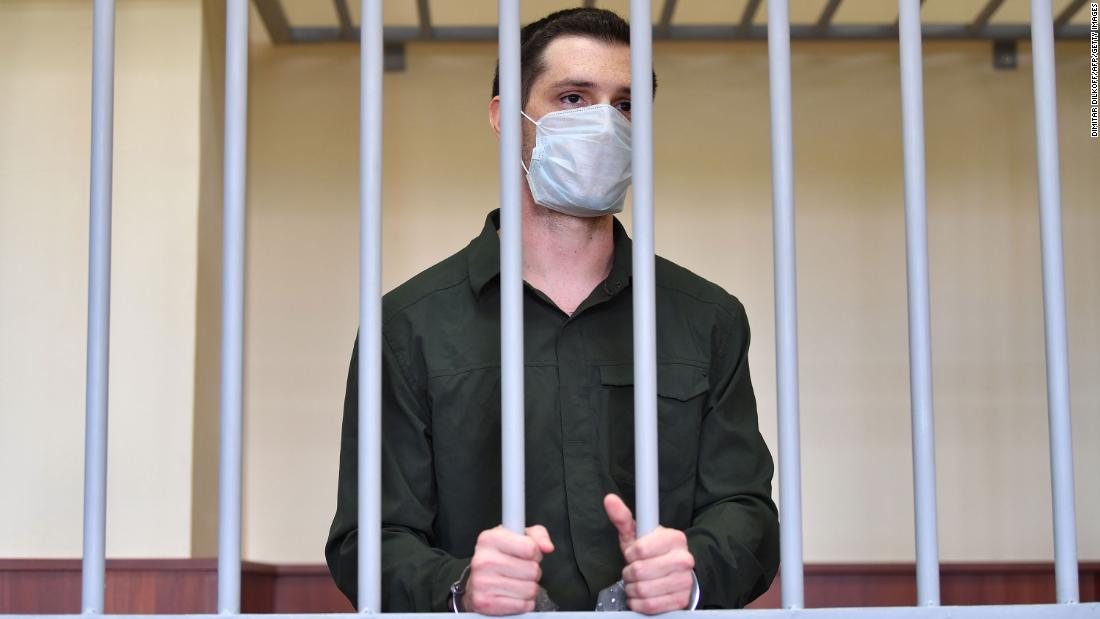In the study, researchers looked at the number of deaths within 28 days after an initial positive test for the novel B.1.1.7 variant within a subset of UK residents. The number of deaths in this group was then compared to the number of deaths among people who tested positive for previous strains of the novel coronavirus. By using this “matched cohort” comparison, scientists made sure that the two groups were similar in many critical ways (age, gender, race, location, time, etc.) but distinguishable by the presence of either the B.1.1.7 variant or a previous strain of the virus.
But if you look at absolute numbers of deaths, the data are less concerning. When you drill down into the numbers, they reveal that out of 1,000 infections, around one to two more deaths occurred among those with the B.1.1.7 variant, compared to those with other strains of the virus. As the investigators who carried out the study put it, “The absolute risk of death in this group of community identified participants…remains relatively low.”
Naturally, we would have preferred to learn that the B.1.1.7 variant was not associated with any increase in mortality. But we are also relieved. The absolute risk of death did not increase by an alarming amount.
Unfortunately, though, as with so much else with Covid-19, this paper also leaves us with a lot of questions…
Read the full article at rss.cnn.com

